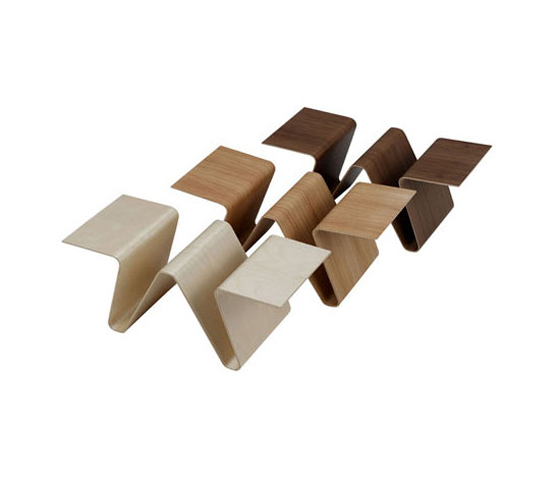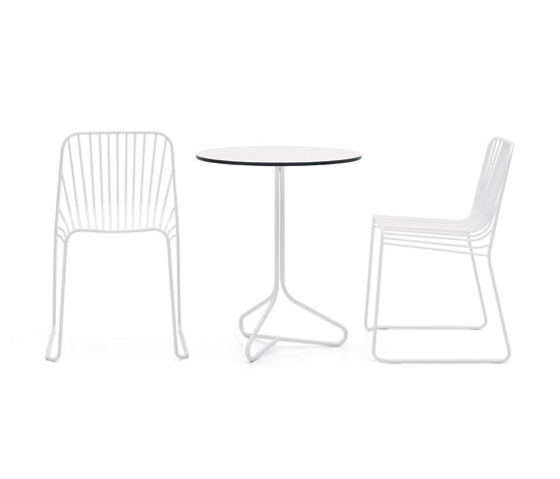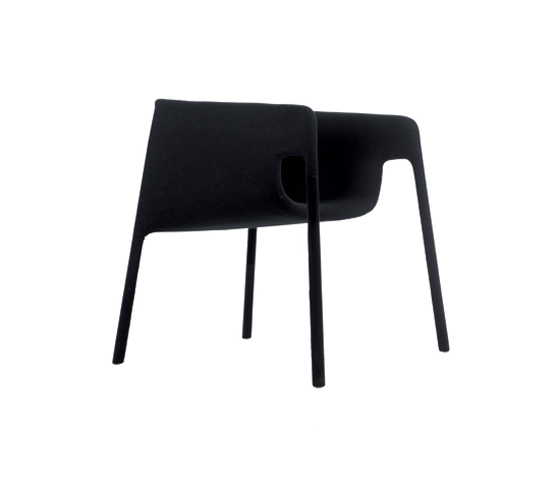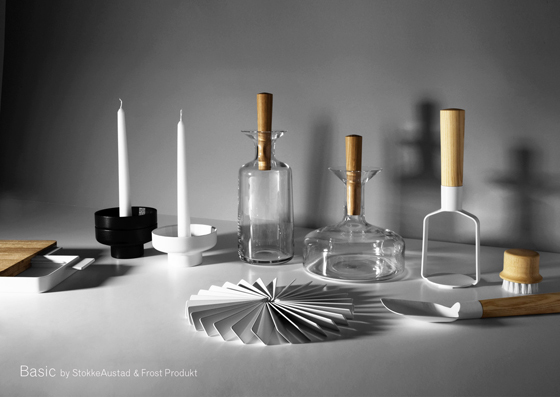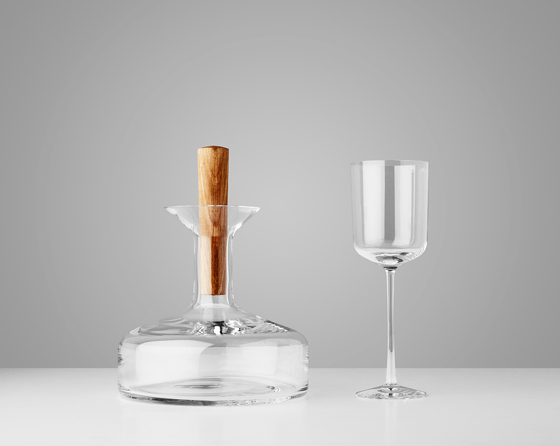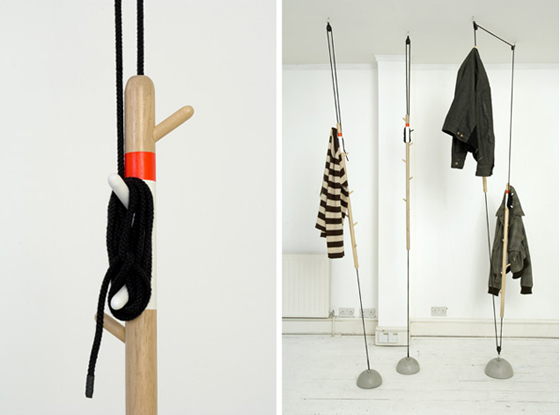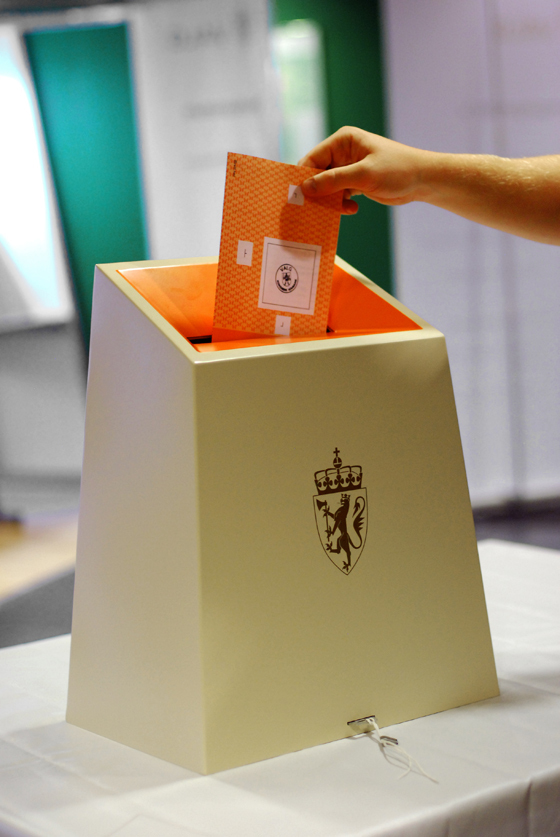Beneath the Surface
Text von Alexander Horne
Oslo, Norwegen
23.11.09
-
Italian design, German design, Scandinavian design - even for the most passive of design followers it would be a simple breakfast task to roll off some designer names synonymous with these countries perceived styles. Scandinavian design brings to mind Finns, Swedes and Danish names that could be as prominent in the history books as todays names are on rapidly updated online blogs and publications. But, what of Norwegian design and what about some names.
-
After many years of focusing on the internal development of the petroleum industry and the exportation of raw materials such as timber and fish, government investment in the creative industries (akin to the recession enforced restructuring of the Finnish economy to be based on innovation in the 90s) and through the perpetual communication culture abundant today, design is fast becoming a familiar feature in reference to Norway. In fact, by studying recent coverage in the media you could concur that there is something of a wave of Norwegian presence on the contemporary design scene.
While designers from Norway's recent past such a Peter Opsvik have retained a recognition for
good design and fine craftsmanship, there had rarely been a colorful nor vivid presence outside
of the country. The changing point being just under ten years ago when a spritely Norway Says
were invited to take part in the Salone Internazionale in Milan. It was an opportunity to introduce
their work and give onlookers a peak into the creative work and processes of a culturally deep yet, at that point, relatively undiscovered country on the design radar. Fast forwarding from that point, the noughties saw Norway Says strengthen in Norway while growing a reputation internationally, setting a new marker for fledgling Norwegian designers along the way. They recently celebrated ten years of business with an excellent retrospective of their work at The National Museum of Art and Design, Oslo and took this poignant timescale as a point to bid farewell. A talented trio, they are already resurfacing with new projects. The most compelling result of this split is however, where the baton of internationally recognized Norwegian design has been passed or indeed whether a baton was ever there to be passed on. For the last few years a number of young studios and independent designers have been making and establishing their own names in Norway and abroad. Some of these designers could be found in the previous two years 100% Norway exhibition, an exhibition curated by Wallpaper design editor Henrietta Thompson with the Norwegian center for design DogA and seen most prominently at 100% Design in London.
Basics by Stokke Austad and Frost Produkt, photo by Tom Gustavsen
-
While some of the designers represented have been garnering much attention as a result of the exhibition and accompanying Norway design hype, it would be like gorging one self on a vat of good soup before further delicacies await to not dig deeper. One of the designers whose name has become familiar on magazine pages and blog posts, Oskar Narud, is making a knack of witty doble entendre pieces that satisfy critiques and fans alike before leaving them pecking for more. Something of a tease rather than a full meal. Frost Produkt and Stokke Austad's 'back to basics' range of kitchen utensils brings to mind a good Sunday Roast; home made production that brings people back together again. Values that you could in fact find many politicians and decision makers vying for in the hope of emphasizing the importance of the togetherness of family, and winning votes. This project is indicative of a deeper awareness, something that could still have meaning and context next year and importantly, still be a usable product for many more years.
If you venture outside of the Oslo design bubble (It was mostly only Oslo studios represented in 100% Norway), there are many more penetrating and longer term design visions throughout Norway. The countries only credited Cradle to Cradle Design studio in Trondheim for example,
'2025design'. Other design studios in Trondheim are using their design expertise in projects such as equipment for the demanding offshore industry and even voting systems for the state, a
collaboration between the Trondheim/Oslo product design studio Kadabra and graphic designers Blueroom. The city also boasts a technological and science institute considered to be the countries best. Out with of the technological and design engineering innovation found in
Trondheim, Norway's second city, Bergen, has a reputation for the most skilled craftsmanship and perceived quality. It is worth noting that of the three founding Norway Says members, most of them studied at the art school here, KHIB. There are many successful specialist and multidisciplinary design studios existing in Bergen also, yet most have been unheralded by the current appetite for new Norwegian design by a hungry, trend following design press. Add to that, the many forward thinking concepts dotted around the country such as Transplant (an innovative material library and design competence center set in a rural village on the west coast) or the tiny design island Flø, near to Ålesund, which houses an internationally renowned art gallery (Hugo Opdal gallery) and is also home to many architects, designers and artists.
-
While 100% Norway has given a voice for Norwegian design outside of the country, keeping in
time with current trends and nurturing a bright young group at the same time, it will be interesting to see how they can develop such a showcase of work. Once beyond the excitement of being 'discovered', it would be pleasing to witness a retention of the Nordic qualities we expect of Scandinavian design in the dedication to design for change and inclusivity for all members of society.
